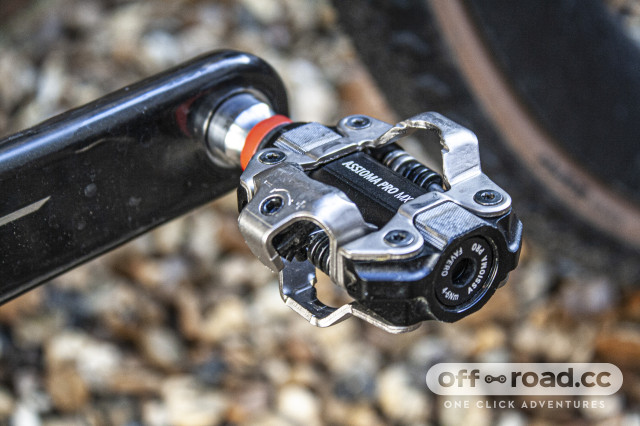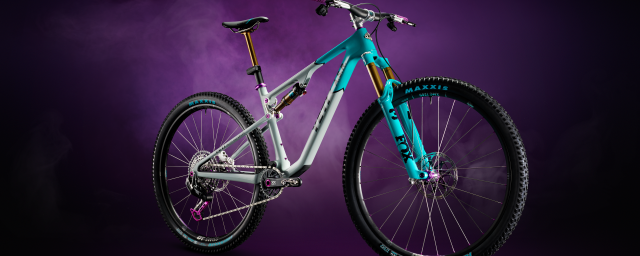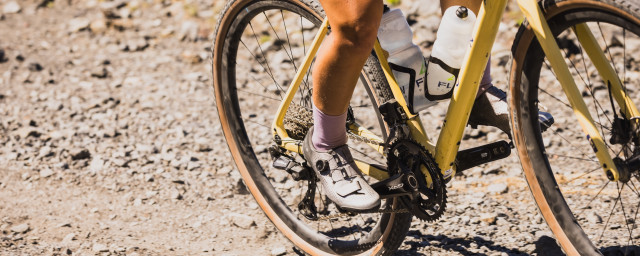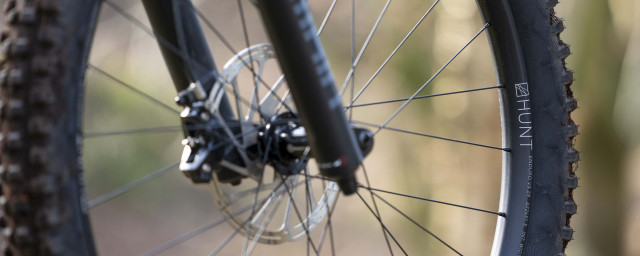The Anatomy of a Power Meter Pedal
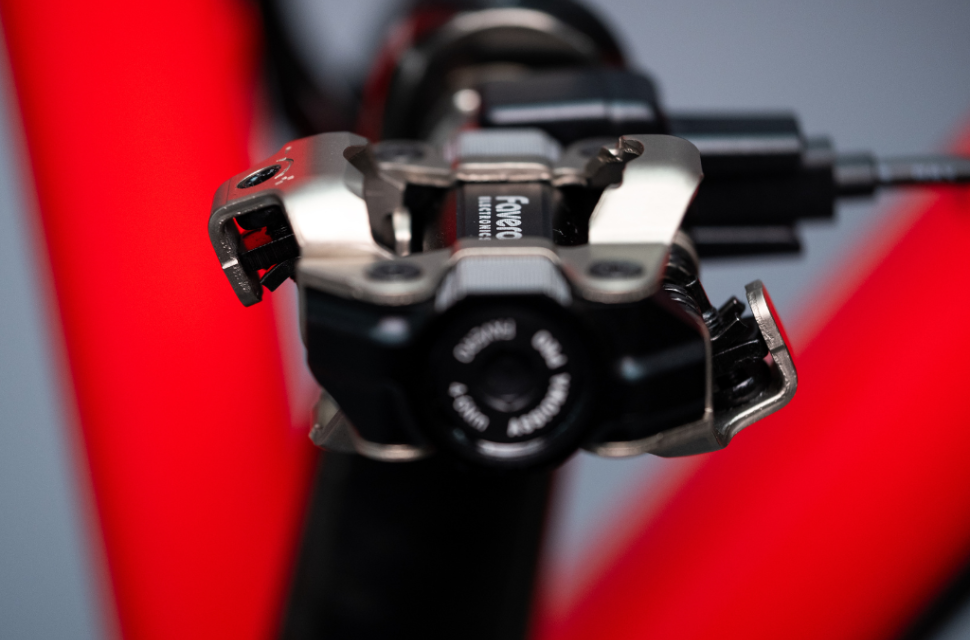
[Sponsored by Favero Electronics]
Rewind 30 years, and only a handful of cycling professionals had access to a power meter. Crazy-high prices meant this technology was out of reach for many, but, as technology has developed, the power meter has become smaller, lighter, more durable and significantly cheaper than ever imagined. While there are a variety of power meter types available from myriad companies, the most effective and economically viable option is the pedal power meter.
- Favero Assioma Pro MX-2 pedals review
- Five ways to get faster off-road using a power meter
- What is the best power meter system?
First available on road bikes, pedal power meter technology naturally found its way to the off-road riding fraternity and can now be found attached to the crank arms of the world’s best mountain bikers and gravel racers. This abundance of variety also means this technology is now easily available to the average rider – something that has revolutionised the way the masses think about training and racing. Of the manufacturers producing power pedal systems, Favero Electronics has garnered a cult following thanks to the company’s reliable reputation and comprehensive range of affordable road and off-road offerings.
Below, we’ll look at the Favero Assioma Pro MX power meter pedal in detail and dissect its moving parts to understand its anatomy and how it works.
The complete pedal system
Visually, you’ll be hard-pressed to tell the Favero Assioma Pro MX power meter pedal apart from a regular non-powered pedal and that’s a good thing. This means they are compatible with Shimano SPD-style cleats including SM-SH51 and SM-SH56 (a pair of SH51 cleats are included in the box). Like Shimano SPD, the clip-in mechanism is dual-sided in functionality so the cleat will connect regardless of the pedal orientation. It works excellently and offers superb mud-shedding properties due to its design.
Each pedal utilises a series of strategically positioned strain gauges located in the spindle that transduce force/flex applied to the pedal to calculate power output in watts. A typical power pedal system calculates your power output by multiplying the measured force (torque) by the cadence (angular velocity) and transmits the data wirelessly via ANT+ or Bluetooth to your cycling computer. The Assioma Pro MX pedals use the company's IAV Power system (Instantaneous Angular Velocity-based Power calculation), which calculates power based on the real instantaneous angular velocity. Thanks to proprietary software the pedals fully exploit a built-in three-axis gyroscope to detect the real trend of the angular velocity with all its variations and factors it into power calculation.
A huge benefit of the Favero Assioma Pro MX pedals is the IAV cycling dynamics which are additional metrics that are transmitted via the ANT+ channel and can be viewed live on the Favero Assioma app. These include Platform Center Offset (PCO) which allows you to understand where force is applied relative to the center of the pedal platform, Power Phase (PP) which represents the segment of the pedal stroke where positive torque is produced, and Rider Position (RP) which shows how much time a cyclist stands on the pedals or remains seated. Torque Effectiveness (TE) and Pedal Smoothness (PS) are also measured.
The complete system weighs 191g per pedal (382g total weight) and comprises two main components: the electronicless pedal body and the stainless steel spindle, which we will discuss in detail below.
The pedal body
The electronicless pedal body is manufactured from 6061-T6 aluminium – a durable and lightweight construction designed to be resistant to pedal strikes on all terrain types. The clipless system has a hardness index of 800 HV, further highlighting its ability to deal with off-road terrain – it also gets a special treatment to help fend off water and corrosion. Other attributes include an 11.2mm stack height and a Q-factor of 53mm.
The structure also uses a clever non-protruding end-cap design to limit damage from rock and root strikes. The spindle uses a unique combination of needle-roller bearings and axial washers that allow for a dynamic load of 300kg per roller. If you do happen to damage the pedal body on a rock or trail feature, it can be easily replaced for around £50-60.
Stainless steel spindle and electronics
The Favero Assioma Pro MX represents an amazing accomplishment of engineering and is ahead of rivals in many ways – specifically in the protection of the electronic innards. Unlike the Garmin Rally XC (internal strain gauges and electronics/external battery) and SRM X-Power (internal battery and electronics/external strain gauges), the Favero Assioma Pro MX spindle houses everything inside. The pedals boast an IP67 waterproof rating for peace of mind riding.
This includes the strain gauges, electronics and battery, the latter of which provides at least 60 hours of life and can be topped up by charging an internal rechargeable lithium-ion battery. Enclosing all these elements inside the stainless steel spindle is considered a significant engineering achievement. The benefits of doing things this way are reliability, durability, accuracy and absence of power dropouts.
Using the brand’s proprietary IAV Power System, the pedal’s measurements account for irregular pedalling as well as the use of oval chainrings when calculating power – this culminates in a maximum accuracy deviation of only ±1%.
There’s also an LED dome at the inboard end of each spindle, which indicates whether the pedals are paired and charged. Charging is done via a magnetic system, which ensures the cable stays in place. The battery has been designed for 500 complete recharges from empty and more than 25,000 hours of use (after this time, the capacity of the battery is reduced by only 20%).

